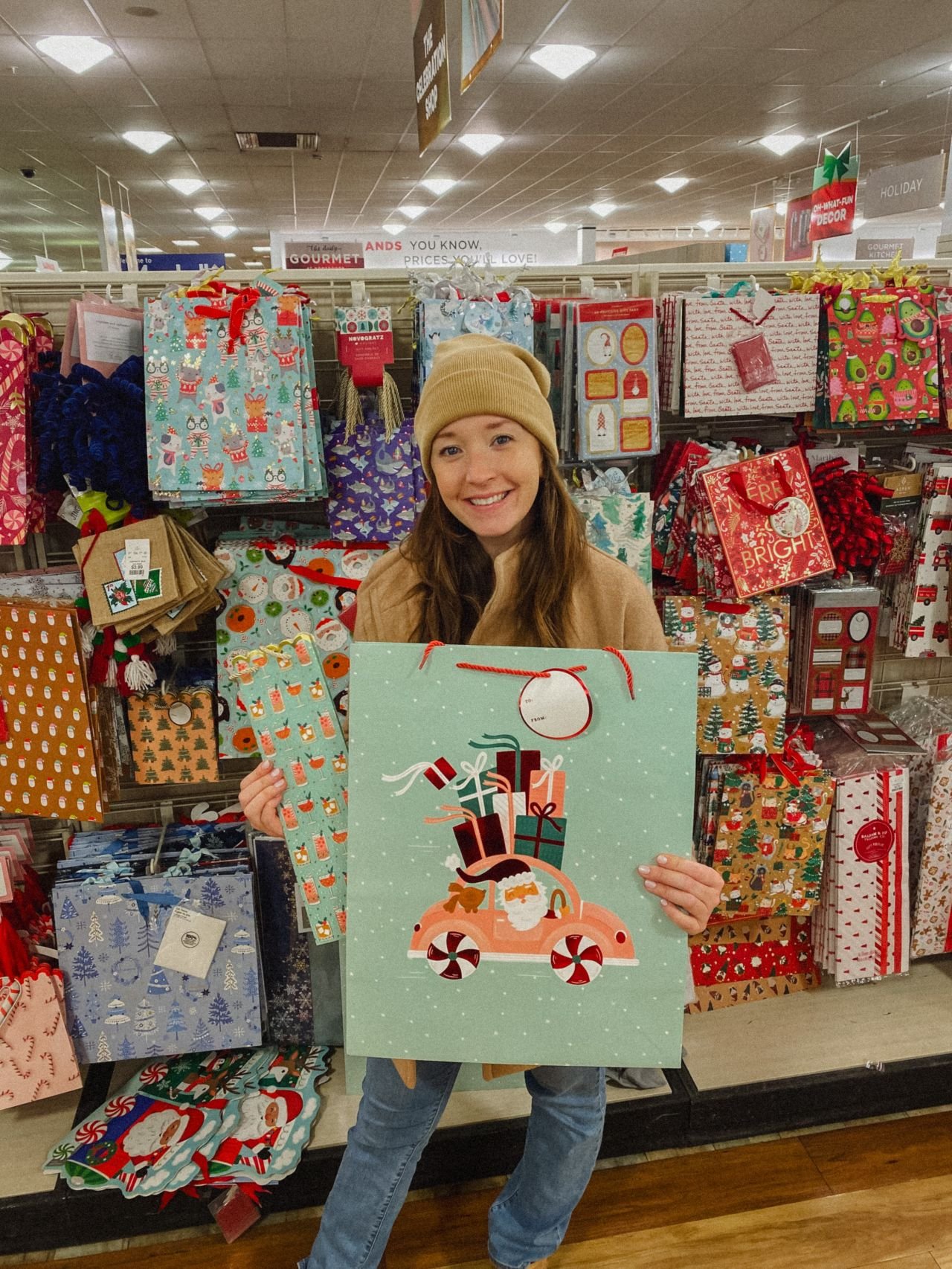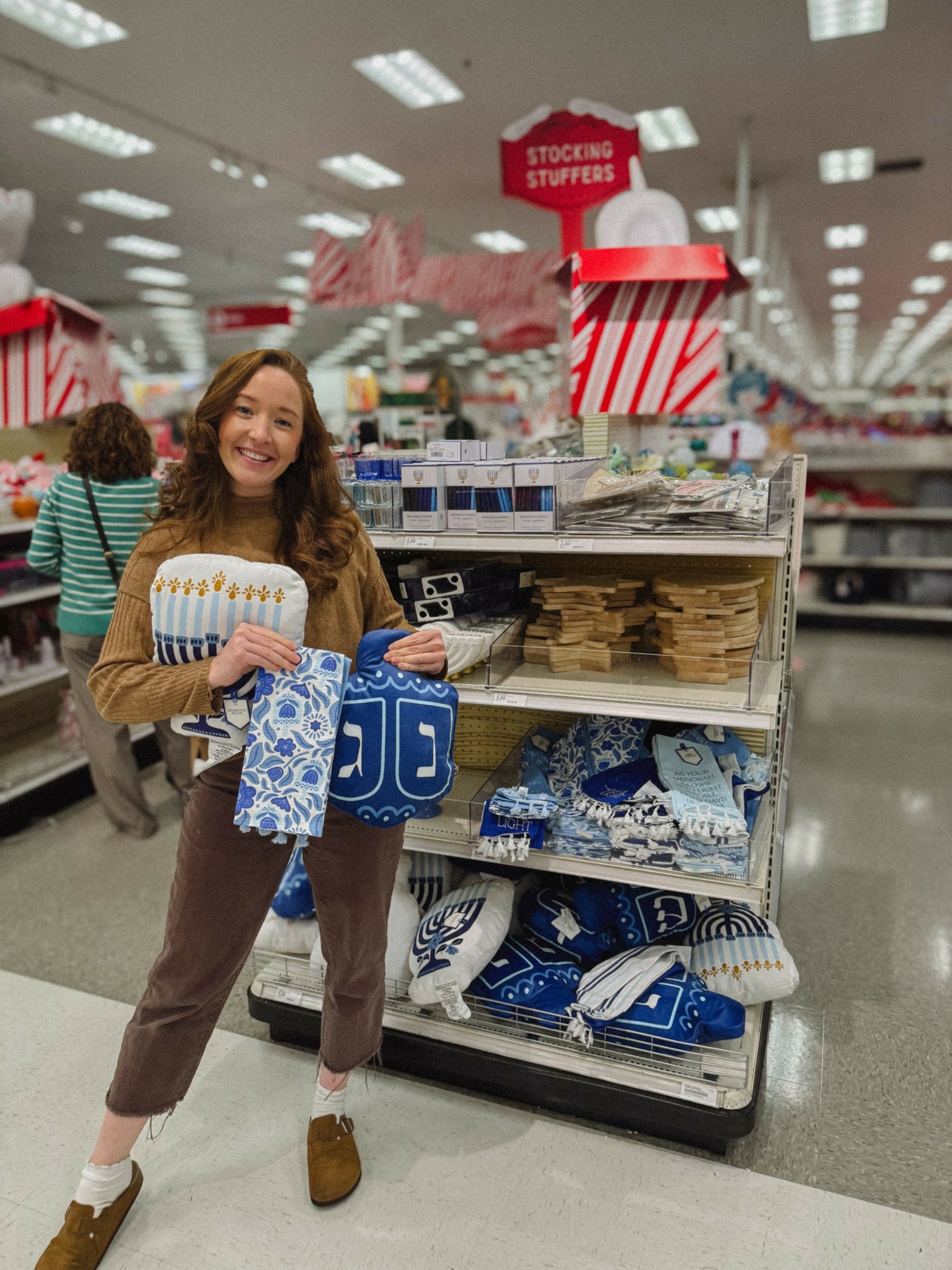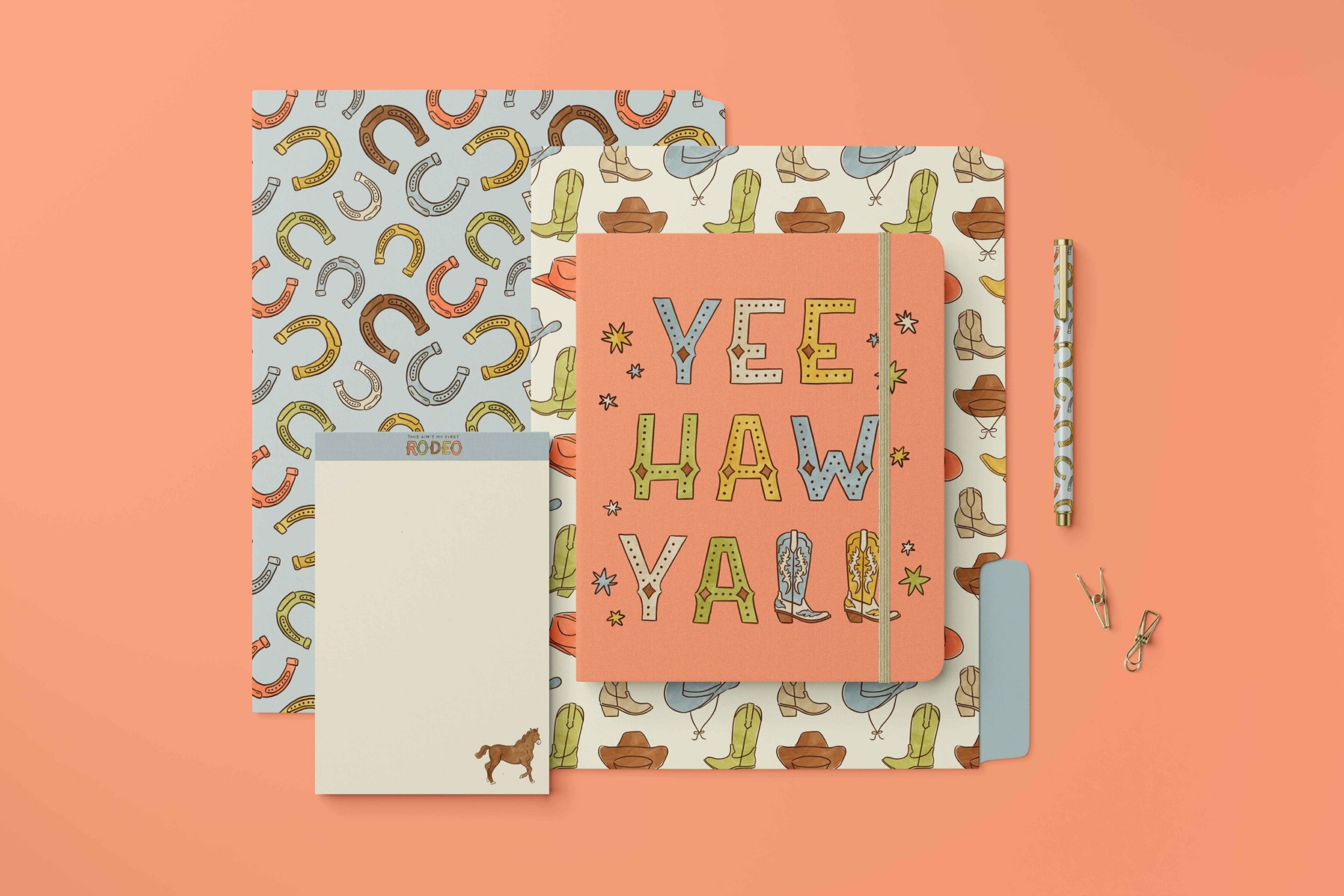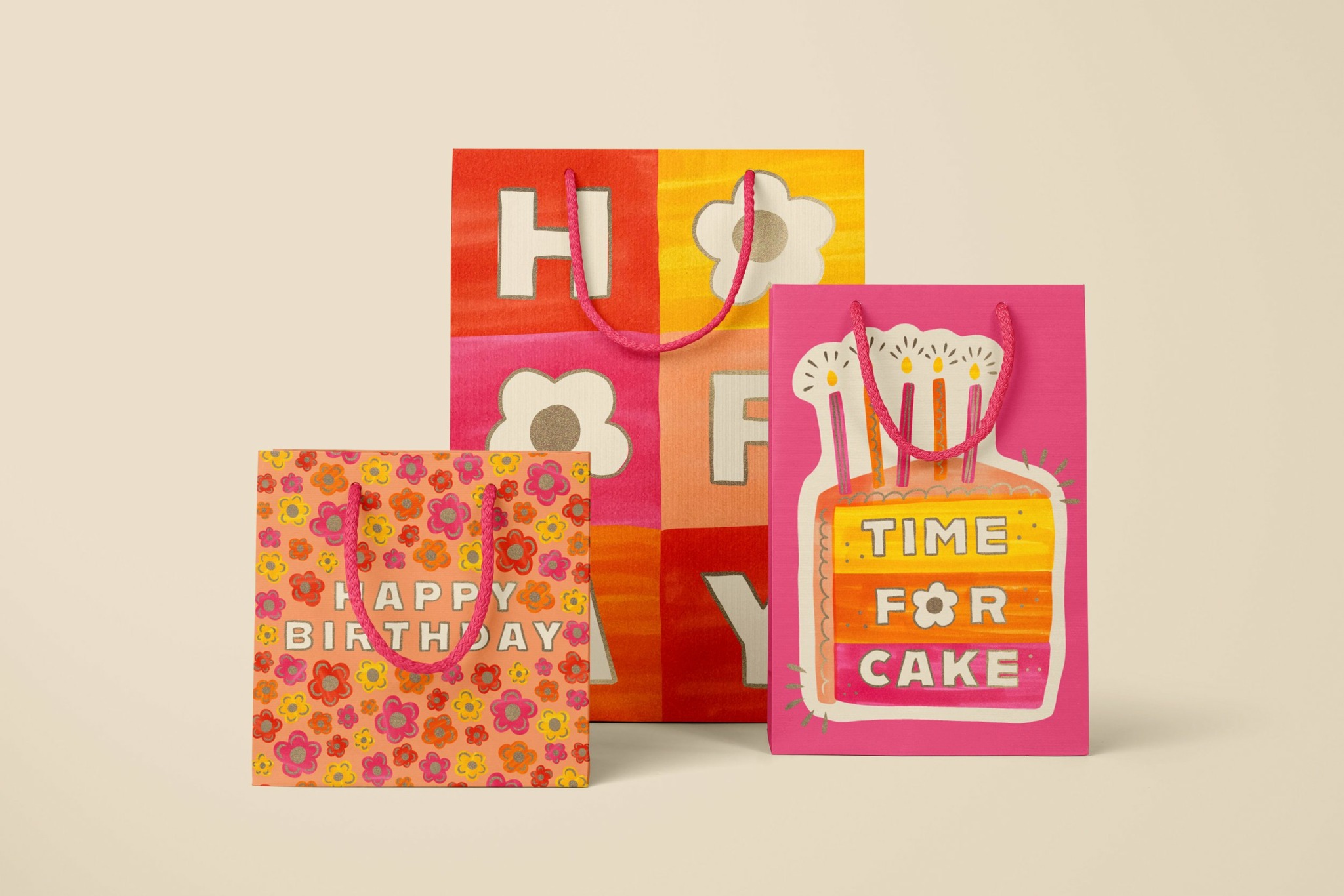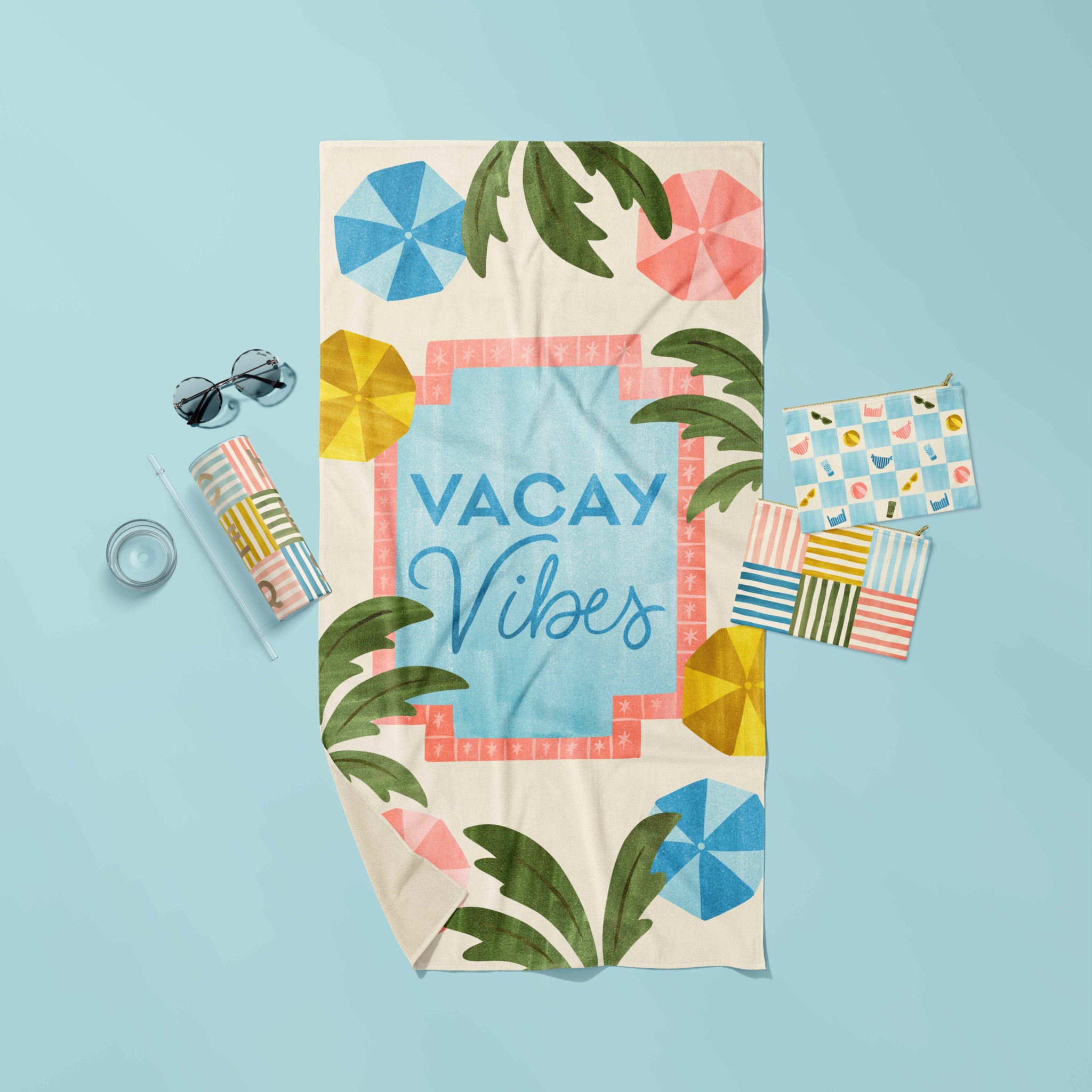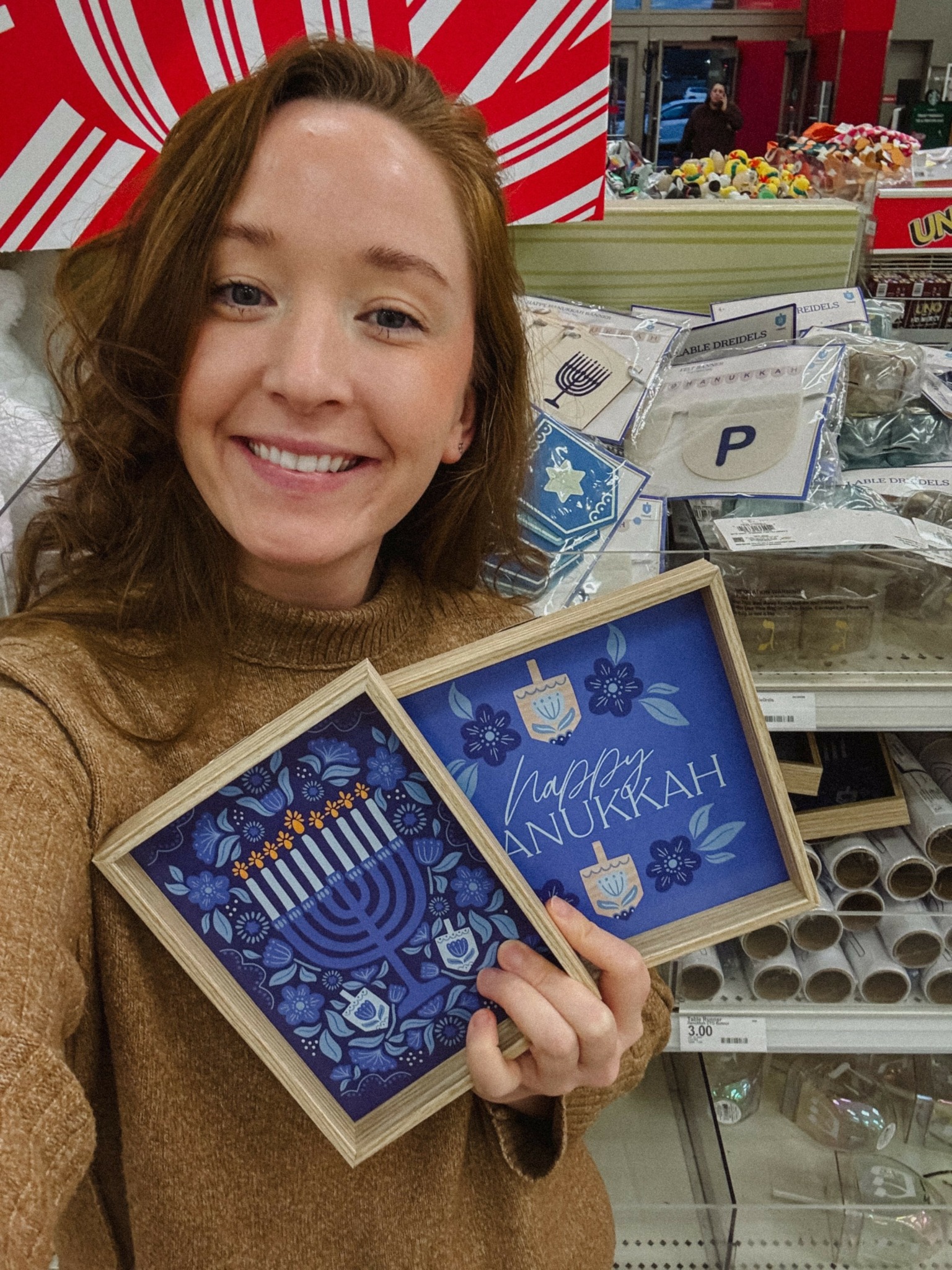Alright – so today we’ve got the honor of introducing you to Hollei Hayes. We think you’ll enjoy our conversation, we’ve shared it below.
Hollei, thanks for joining us, excited to have you contributing your stories and insights. One of our favorite things to brainstorm about with friends who’ve built something entrepreneurial is what they would do differently if they were to start over today. Surely, there are things you’ve learned that would allow you to do it over faster, more efficiently. We’d love to hear how you would go about setting things up if you were starting over today, knowing everything that you already know.
As a Surface and Product designer, I’ve had the joy of seeing my artwork in stores like Target, TJ Maxx, Hallmark, Paper Source, Walmart, and more. Through my studio, Hollei Anne Design Co., I create art that lives on products people bring into their homes—from seasonal decor to stationery, packaging, and beyond.
But it wasn’t always that way.
Like many artists, I spent a lot of time on the sidelines. I had big dreams, I had a vision for the kind of work I wanted to create, and I had so much fear. Fear that showed up as comparison. Fear that froze me when it came to pricing. Fear that told me I wasn’t ready to navigate licensing contracts or pitch myself to clients.
If I could go back and start my business over again, the biggest thing I would change is this:
I wouldn’t let fear sit in the driver’s seat.
When I first started dreaming about Surface
& Product Design, I was working full-time as a Graphic Designer at a fortune 500 company creating 360° advertising campaigns and diving deep into the world of retail—layouts, signage, digital, print, in-store… you name it. It was fast and strategic and taught me what customers wanted to buy and how they shopped. But it wasn’t my true passion.
What I loved was Illustration. Pattern. Play. Personality. I dreamed about creating artwork that would show up on actual products—the kind people would pick up in a store, the kind of products I was designing catalogs and emails for. But instead of starting, I watched others do it. I scrolled Instagram admiring artists who were licensing their work or landing dream partnerships. I convinced myself they had something I didn’t—better art, more time, more followers, more confidence.
Comparison kept me small. It made me hesitate to post my work, try new ideas, or reach out to potential clients. The thing is, when you’re stuck comparing, you start editing your creativity before it even leaves your brain.
If I were starting over, I would tune out all the noise and give myself permission to take up space sooner. I’d make the kind of art I wanted to see on shelves, even if I wasn’t sure where it fit yet.
Another thing that slowed me down? Business fear. I didn’t know how to price my work. I didn’t understand licensing terms. I thought every client wanted a different contract, and I didn’t want to get it “wrong.” So I just… avoided it. I said no to opportunities because I didn’t feel qualified to handle them.
What I’ve learned is: you don’t become a professional by waiting until you feel ready—you become one by doing the work.
The only way I learned how to price confidently and navigate contracts was by being in those real situations. You don’t need a law degree to take on a licensing job—you just need to start, do your due diligence, and ask questions along the way.
Now I help artists work through this same fear in 1 on 1 coaching and soon to come workshops and courses. Pricing and contracts can feel overwhelming, but they aren’t as complicated as we make them out to be. I would’ve saved so much time (and so many mental spirals) if I had just started saying yes and let the learning happen along the way.
This one was a game-changer: I used to think Instagram was the key to success. If I just posted consistently, if my feed looked perfect, if I hit a certain number of followers—then clients would come.
But here’s the truth: my art was licensed and sold in Target when I had fewer than 650 followers.
It didn’t happen because of an algorithm. It happened because I was doing the work behind the scenes—reaching out, pitching my art, putting my portfolio in front of the right people. Instagram is a great tool, but it’s not the whole strategy. Waiting for a viral post or a bigger audience is just another form of fear disguised as “being patient.”
If I were starting over, I’d spend less time curating and more time connecting—with buyers, with art directors, with fellow artists. Most of the big wins in my career came from emails, not hashtags.
And let’s talk about agents. Early on, I believed that getting an agent was the ultimate goal—that once I was represented, everything would just fall into place. But here’s what I’ve learned: agents are partners, not saviors.
Yes, the right agent can help you open doors. But you still have to walk through them. You still have to create new art, advocate for yourself, and keep your business growing. If I were starting over, I would be more selective. I’d take time to research who I was signing with, ask hard questions, and make sure the partnership aligned with my goals and values. Representation is great—but you still have to continue to put in the work like you would on your own.
The common thread in all of this? Fear held me back. Fear of over saturation of artists in my field. Fear of getting it wrong. Fear of being seen before I felt “ready.”
But the second I started doing—creating the work, pitching the clients, saying yes to freelance, figuring out contracts—the momentum finally started.
That’s when opportunities started coming. That’s when my business started to feel real. That’s when I saw my art on actual products in stores.
If you’re where I was—waiting, watching, wondering if you’re ready—I want to say this clearly:
You’re not behind. You’re not too late. And you don’t need permission.
Start making the work. Reach out. Say yes. Get messy. Learn on the job.
Success doesn’t come from being fearless. It comes from being brave enough to act in spite of fear.
That’s what I would do differently. And that’s what I coach & teach now—because I don’t want other artists to wait as long as I did to bet on themselves.
Awesome – so before we get into the rest of our questions, can you briefly introduce yourself to our readers.
I’m a Surface & Product Designer with a deep passion for creating beautiful artwork, trend-driven products and standout brand identities.
My journey started with some of the biggest names in retail, like Babies R Us, Skip Hop, and Christmas Tree Shops, where I honed my skills as a Graphic Designer in advertising. Along the way, I found my true love in trend research and surface design, which led me to start Hollei Anne Design Co. in 2020.
Since then, I’ve had the joy of designing over 1,500 surface and product designs that have made their way to stores like Target, Walmart, Michaels, and TJ Maxx. My studio is all about helping product-based businesses in the home goods, stationery, gift, and textile industries create designs that catch eyes and sell.
With a background in both advertising and product development, I bring a fresh perspective to design. Whether it’s creating on trend artwork, a brand identity that truly represents you or developing products that fit your customers, I’m here to help bring my clients vision to life at Hollei Anne Design Co.
Now that I’ve been in this industry for over 10+ years, I’m proud to have coached many artists on how to level up their artwork and become a Surface and Product Designer like myself. I have a passion for sharing my knowledge on how to get where I am because it took me awhile to figure it out and sometimes you just need a push and validation to get over that initial fear.
Where do you think you get most of your clients from?
For me, the most consistent and impactful source of new clients has been email outreach and pitching. When I first started, I waited for clients to find me—but once I shifted to actively reaching out to the brands and companies I wanted to work with, everything changed.
I treat outreach like relationship-building, not just cold selling. I research each company, tailor my pitch to their brand tone and aesthetic, and often include a few pieces from my portfolio that feel like a natural fit. I’ve found that being intentional, brief, and clear about how my art can serve their audience makes a huge difference.
Some of my best licensing and product collaborations began with a single, thoughtful email. It’s not always instant, but staying consistent with pitching has helped me land dream clients and build long-term partnerships.
What do you find most rewarding about being a creative?
For me, the most rewarding part of being an artist is witnessing an idea or feeling inside my head take shape into something real and tangible. Whether it’s a pattern on a product you find in a store, a piece of art that brings warmth to someone’s home, or even just a sketch that captures a moment or mood—it’s incredibly fulfilling to see that creative spark come to life.
But beyond the physical creation, what truly drives me is the connection my work can create. When someone sees my art and feels joy, nostalgia, or inspiration—that’s the magic. It’s a reminder that creativity isn’t just about making pretty things; it’s about storytelling and emotion, sharing a piece of myself that resonates with others.
Knowing that my work can brighten someone’s day or become part of their story is what makes this career so meaningful. And honestly, the chance to keep waking up and doing this work, turning ideas into something that lives in the world—that never gets old.
Contact Info:
- Website: https://holleiannedesignco.com/
- Instagram: https://www.instagram.com/holleianne
- Linkedin: https://www.linkedin.com/in/holleianne/
